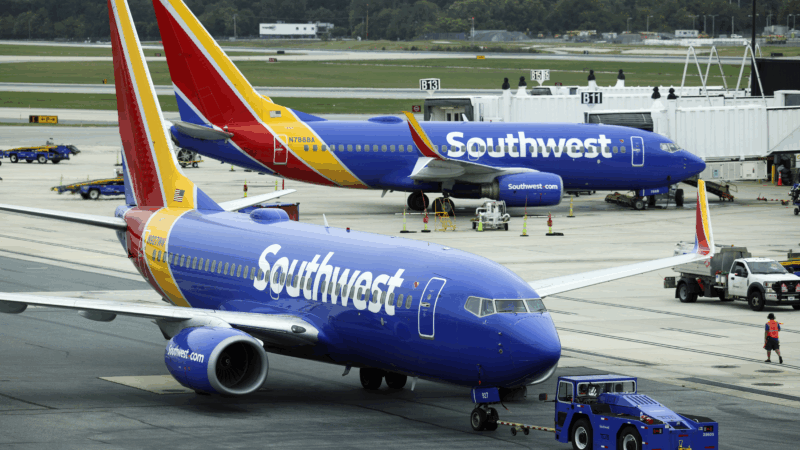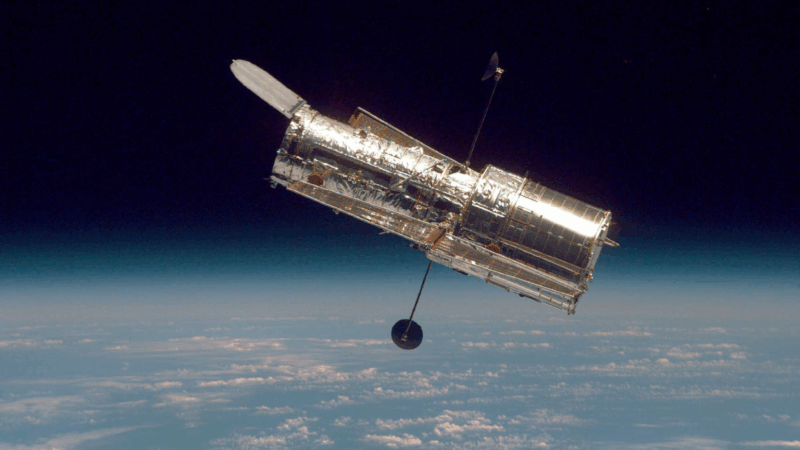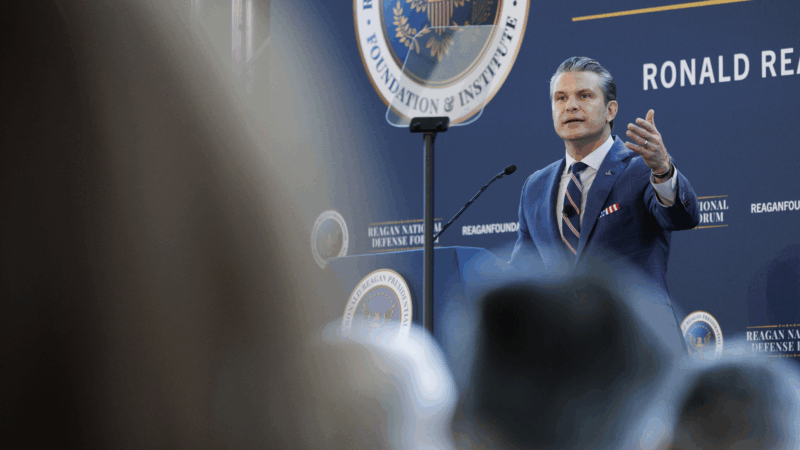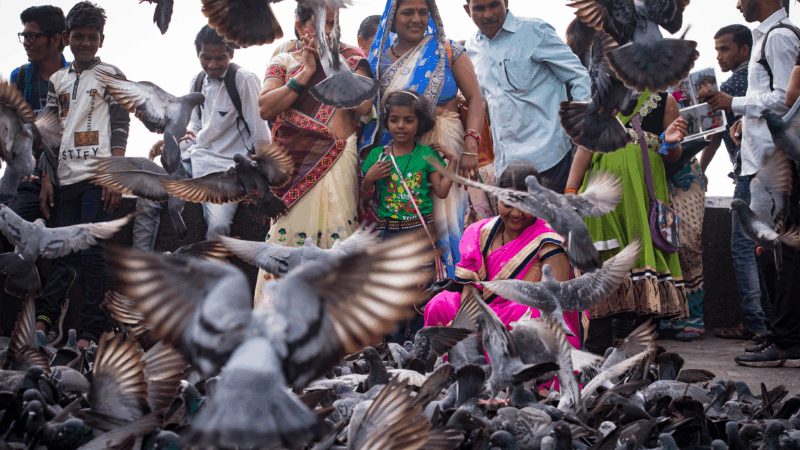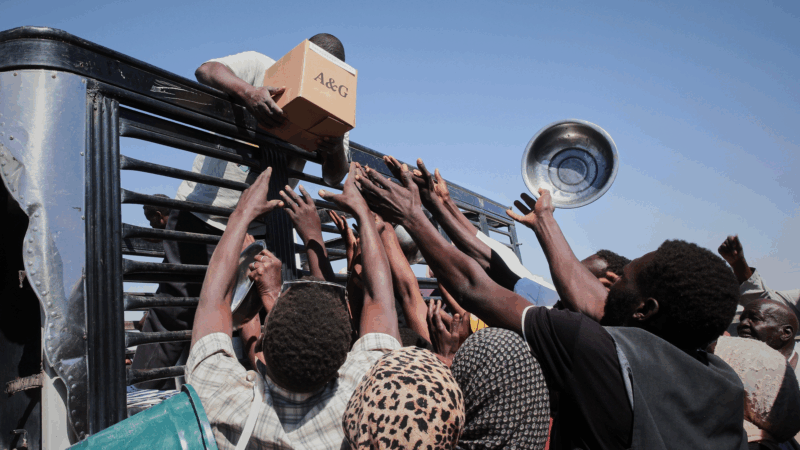Southwest Airlines will require passengers to keep chargers visible due to fire risk
Passengers flying on Southwest Airlines will soon be required to keep battery packs and other portable charging devices visible if they’re using them during a flight.
The airline announced in an emailed statement on Wednesday that this “first-in-industry” policy will take effect on May 28. It is intended as a safety measure that will allow crew members to respond more quickly to potential fires.
“Using portable charging devices while stored in a bag or overhead bin will no longer be permitted,” Southwest said in a statement. “Nothing is more important to Southwest than the Safety of its Customers and Employees.”
Lithium-ion batteries are commonly found in a variety of modern gadgets, such smartphones and medical devices, but they can occasionally overheat and catch fire.
According to data collected by the Federal Aviation Administration, there have been at least 22 incidents related to air travel this year involving lithium batteries, some of which have resulted in fires.
Currently, the FAA prohibits passengers from carrying spare lithium-ion batteries, including power banks, in their checked bags. But Southwest’s new policy goes even further by requiring passengers to remove these items from their carry-on bags and keep them visible to the crew during flight if they are in use.
“When a portable charger/power bank is used during a flight, it must be out of any baggage and remain in plain sight,” a page on Southwest’s website reads. “Do not charge devices in the overhead bin.”
In addition, the governments of South Korea and Hong Kong as well as some airlines in China, Thailand, Malaysia and other countries have recently implemented new restrictions on the use of portable power banks during flights, Reuters reported.
South Korean investigators say that a fire, which engulfed an Air Busan plane in January and prompted the evacuation of passengers and crew, was likely started by a portable power bank, according to the BBC.
Light from satellites will ruin majority of some space telescope images, study says
Astronomers have long been concerned about reflections from satellites showing up in images taken by telescopes and other scientific instruments.
Defense Department is reviewing boat strike video for possible release, Hegseth says
In a speech on Saturday, Defense Secretary Pete Hegseth defended the strikes, saying: "President Trump can and will take decisive military action as he sees fit to defend our nation's interests."
Bama, Miami in, Notre Dame out and Indiana No. 1 in College Football Playoff rankings
Nobody paying attention for the past 24 months would be surprised to see Indiana – yes, Indiana – leading the way into this year's College Football Playoff.
McLaren’s Lando Norris wins first F1 title at season-ending Abu Dhabi Grand Prix
Red Bull driver and defending champion Max Verstappen won the race with Norris placing third, which allowed Norris to finish two points ahead of Verstappen in the season-long standings.
A ban on feeding pigeons ruffles lots of feathers in Mumbai
The pigeon population has exploded — a result of people feeding the birds. For some it's a holy duty and a way to connect to nature. Critics point to health risks tied to exposure to pigeon droppings.
UN humanitarian chief: world needs to ‘wake up’ and help stop violence in Sudan
The UN's top humanitarian and emergency relief official has told NPR that the lack of attention from world leaders to the war in Sudan is the "billion dollar question".

